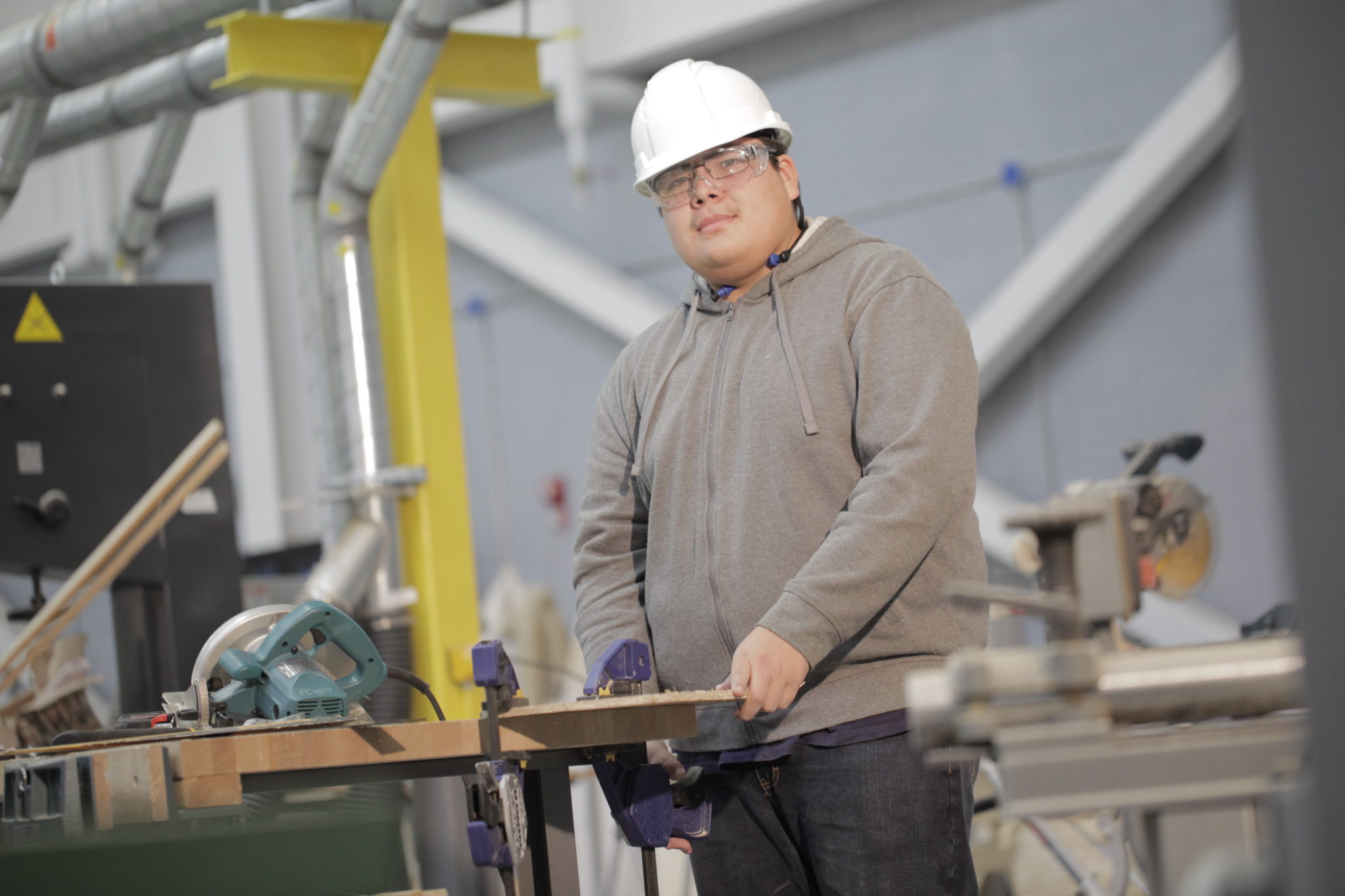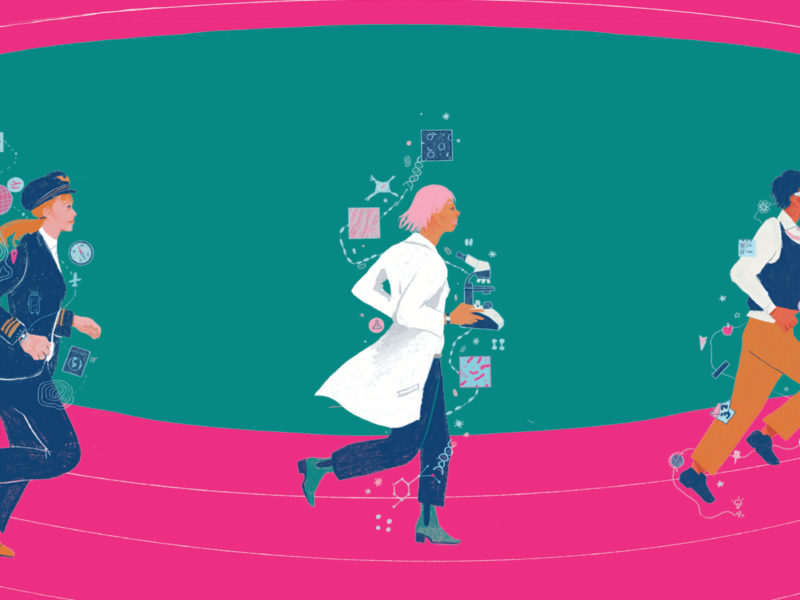Project Insights Report
Leadership Development for Indigenous Communities
 Executive Summary
Executive Summary
To address the economic gaps that persist between Indigenous and non-Indigenous people in Canada, Workforce Warriors Inc. launched the Leadership Development for Indigenous Communities project. To develop the project, the team adopted recommendations from the 2019 Indigenous Economic Progress Report related to skills training, Indigenous leadership and mentorship.
This Indigenous-led leadership project aimed to serve Indigenous people of all ages. The project began with research to understand what Indigenous communities wanted from a leadership program. Using these findings, the team applied an Indigenized approach to building its programming, which included an early learning music and visual arts program, a work-integrated integrated learning program in the electrical and renewable trades, and a program to connect Elders from different communities.
The program engaged 16 organizations, onboarded 6 project partners and enrolled over 154 participants. The Indigenized approach included cultural and language training along with work training, guidance from Elders, and Two-Eyed Seeing, which incorporated Indigenous and non-Indigenous views. While this approach required more time and flexibility than expected, it led to high engagement and success.
Key Insights
Workforce Warriors engaged 16 organizations, onboarded 5 project partners and enrolled 154 participants through its project to Indigenize workforce development.
In this project, the Indigenized approach included cultural and language programs along with work training, the guidance of Elders across all programs, and application of the Two-Eyed Seeing approach, which incorporated both Indigenous and non-Indigenous views.
Indigenizing the project was essential in ensuring success and engagement for Indigenous and non-Indigenous partners and employers, but the process required time and flexibility to adapt.
 The Issue
The Issue
The 2019 Indigenous Economic Progress Report, which provides an analysis of the Indigenous economy in Canada, was a motivating factor for this project. This analysis, released every few years by the National Indigenous Economic Development Board, showed that the economic gaps between Indigenous and non-Indigenous Canadians were still prevalent. The report recommended educational support and skills development. It also advised that showcasing examples of Indigenous success, “mentorship and leadership should be encouraged to enable students to envision the role of education in their future success.”
While leadership and mentorship programs for Indigenous people exist, they have generally not been led by Indigenous people. While well-intentioned, these programs do not necessarily incorporate Indigenous perspectives or reflect Indigenous ways of knowing and being. As a result, participation and engagement in such leadership programs have been limited.
There is a need for Indigenous-led leadership programs that are culturally relevant, meet community needs and focus on building future leaders within communities to address the gaps identified by the National Indigenous Economic Development Board.

 What We Investigated
What We Investigated
Workforce Warriors aimed to develop a leadership model to build future Indigenous leaders, taking an Indigenous-led approach in all aspects of project development and delivery. The overall goal of the project was to test the premise that Indigenized programs could be developed to benefit both Indigenous and non-Indigenous people. The project encompassed all age groups, with a particular focus on youth, women and Two-Spirit people.
The project began with research to understand what Indigenous communities need and expect from a leadership program. In the next phase, the team used the research findings to build a leadership model.
Several key elements shaped the project’s approach, including the establishment of strong relationships with Indigenous communities. In addition, Elders and Knowledge Keepers were embedded in all aspects of programming. Significantly, the project incorporated the Two-Eyed Seeing approach into all programming and educational activities. This approach intentionally applies two perspectives: Indigenous and non-Indigenous.
The main program components were as follows:
- An early learning program incorporating music and visual arts. Children up to Grade 5 learned educational concepts while immersed in language and cultural programs led by Elders and Knowledge Keepers.
- W-I-L to Succeed. This work-integrated learning program introduced youth to potential careers in electrical and renewables trades. It included theoretical and experiential learning, as well as cultural teaching by Elders and Knowledge Keepers.
- Elders Connect. Given their fundamental role in the project, Elders from different communities benefitted from connecting, learning and sharing their knowledge with each other.
 What We’re Learning
What We’re Learning
Workforce Warriors engaged 16 organizations and 5 project partners and enrolled 154 participants. The organization conducted 22 training sessions. Thirty young people participated in renewable energy / electrical trades skills training.
The project experience showed the importance of a holistic, Indigenized approach in successful programming. For Workforce Warriors, it reinforced the power of applying the Two-Eyed Seeing approach. Not only was this beneficial to program participants, but partner institutions and organizations were interested and receptive to the approach. Other important program learnings were as follows:
- Adapt plans to build relationships. For example, the initial survey was not well received due to lack of trust and survey fatigue in communities. The team realized it needed to slow down its processes and adjust its approach.
- Ensure Indigenous Peoples have a hand in program development. Workforce Warriors’ role was to act as a partner and guide alongside communities.
- Recognize that needs differ by community. For instance, some communities prioritized programs for youth while others felt programs for Elders were needed. Some were ready to receive programs, while others were not.
An unexpected outcome was the success of the music program in establishing trust. It opened doors for other Workforce Warriors programs and was core to its expansion plans, especially into the North.
The team also identified activities that could have built a stronger foundation for their work. One would have been to develop a communication strategy that reflected the ways Indigenous Peoples share knowledge. Another would have been to fund a dedicated resource pool of Elders, as they became so integral to guiding programming. Finally, gaining the commitment of non-Indigenous partners in advance and pairing them with Indigenous mentors to help decolonize and prepare welcoming, psychologically safe spaces would have been beneficial.
 Why It Matters
Why It Matters
The Leadership Development for Indigenous Communities project is relevant for other Indigenous leadership development programs. It showed that being Indigenous-led alone does not ensure success and sustainability. Meaningful engagement, relationship building and input from communities are most important; these ensure Indigenous voices contribute to all aspects of the program design and delivery. In this project, Elders became an integral part of all programs. Language acquisition and cultural development were embedded across activities.
For sustainability, it is also important to ensure that proposed programs align with Indigenous community plans by supporting priorities the communities have identified and are working toward.
The project also showed the need to work with and support non-Indigenous partners and employers to create psychologically safe spaces for Indigenous workers. The Two-Eyed Seeing approach can help Indigenize spaces.

State of Skills:
Work-Integrated Learning
Work-integrated learning can be effective in developing technical and soft skills among learners at different levels, including in high schools, colleges and universities and in professional roles.
 What’s Next
What’s Next
Workforce Warriors continues to apply its approach through other partnerships and programs to enable Indigenous-led leadership development.
Have questions about our work? Do you need access to a report in English or French? Please contact communications@fsc-ccf.ca.
More from FSC
Race alongside the machines: Occupational digitalization trends in Canada, 2006-2021
Best Practices for Advancing Equity, Diversity and Inclusion in Manufacturing
Mapping racialized experiences in the real estate development industry: Moving towards a more equitable and inclusive sector
How to Cite This Report
McLaren, K. (2025). Project Insights Report: Leadership Development for Indigenous Communities, Workforce Warriors. Toronto: Future Skills Centre. https://fsc-ccf.ca/projects/indigenous-leadership-development/
Leadership Development for Indigenous Communities is funded by the Government of Canada’s Future Skills Program. The opinions and interpretations in this publication are those of the author and do not necessarily reflect those of the Government of Canada.




